Subject to be approved in the Congress at the end of December, the text that defines the incentives in 2014 for passenger’s growth by routes in the Aena airports, has been published in the Senate
Below you can find a short summary for your better understanding, followed by our free translation from the amendment to the Budget published by the Senate:
Three conditions must be met for an airline to be entitled to obtaining the incentive. That airline must increase passengers with regard to 2013 in:
- A particular route and
- The Aena’s airport of origin of this particular route as a whole and
- The Aena’s airport net as a whole.
If an airline complies with the three above conditions, then it would qualify for these subsidies as explained in our previous post.
The way these amounts will be distributed among all the airlines that meet these conditions is detailed in the same document:
One: Airlines operating to airports of the Aena’s net will be entitled to an incentive in 2014 for their contribution to the growth in number of passengers on the routes operated from the Aena’s airports with respect to 2013.
Two: Every airline which increases passengers—both in a route in particular and in the Aena’s net in general—will receive an incentive by 50% of the average (*) charged amount as passenger tax. This incentive will apply only to the additional passengers transported in 2014 with regard to 2013. The incentive will be proportional to the airline’s contribution to the growth in the route which is generated by all airlines operating the same route.
(*)Airport charges will increase by 0.9% on 1 March 2014
In addition, if during 2015 that airline keeps the same number of departure passengers to that destination as in 2014, it will qualify for an additional incentive of 25%. This amount will be calculated from the same number of passengers subsidized in 2014 to that destination.
In the case of new routes the incentive in 2014 will reach 75% of the average charge for departure passengers to such destination. An additional 25% will be credited in 2015 if the airline keeps at least 90% of the departure passengers carried in 2014.
Three: For each airline, if the sum of passengers entitled to the subvention for every route is higher than the number of passengers increased by that airline in such airport, then the number of passengers to be considered for the incentive will be the latter. In this case, the distribution per route of the number of passengers to be subsidized will be calculated in a proportional way to the contribution of the airline to the growth in each route.
Four: For each airline, if the sum of passengers allocated by route as per the item three is higher than the number of passengers increased by the airline in the Aena’s net, the number of passengers to be subsidized will be the latter. In this case, the distribution by route of the number of passengers to be subsidized will be calculated in a proportional way to the passengers by route resultant from the item three.
Five: For the Canary Airports, the bonus will be applied over the resultant amount of passenger charges once the subsidies on the Valley Days are deducted.
Six: The growth of each airline shall not be a consequence of a passenger transfer among airlines as a result of agreements between them. To that effect, Aena will evaluate the airline increase and will be able to annul the incentive.
Seven: To the effects of this incentive, “route” is a commercial flight from an Aena airport. It will be considered as the same route to an only destination to one that even if operated to different airports, these airports are part of the same area (A list with details of airports considered in the same area will be published later).
Eight: To the effects of this incentive, it will be considered that a route has not been operated in 2013 if it did not exceed the number of 2,500 departure passengers to that destination in the year as a whole. On the same line, to consider a route as operated during 2014, it shall exceed the number of 2,500 departure passengers in the year as a whole.
Nine: The incentives should be requested by the airlines during the month of January 2015 and they will be received as credit notes.
Ten: In order to obtain the incentives, the airline must be up to date with payments to Aena Aeropuertos.
Justification
The airline industry goes through a delicate situation as a result of the current economic crisis at international level, as well as a group of specific factors that mostly come from it.
In view of this situation, and in addition to the exiting measures on airport fees, Aena want to add new incentives to boost air traffic growth in number of passenger and support other sectors, in particular tourism, due to special importance for its contribution to economic development.
Thus, an incentive of 75% of departure passenger is established for the contribution of each airline to the overall growth in a route.
The application of this incentive will be distributed in two years, 50% will be settled in year 2015 and, provided that the number of passengers on such route is kept in 2015, an additional 25% will be applied in 2016.
Furthermore, in the event of a new destination, the incentive will be for 100% of passenger charge, to be settled the 75% in 2015 and the remaining 25% in 2015, as long as the airline keeps in 2015 the number of passengers on such route.
Both airlines and Aena’s net will take benefit from this measure, since it is estimated that it will contribute to the growth in the number of passenger initially expected for 2014.
The measure has been planned to entitle airlines to receive the incentive for increasing the number of passengers of a route from an airport. This way, it prevents to reward airline growth due to the passengers acquisition from other airline.
With this incentive scheme Aena boosts the growth in number of passengers at the Spanish airports, supporting those airlines that decide to increase their activity, which will undoubtedly suppose an improvement in the aviation industry.


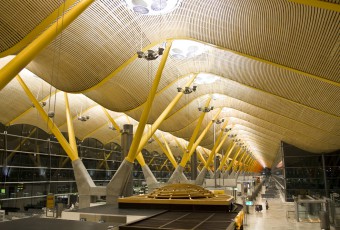
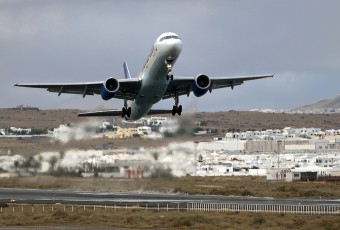
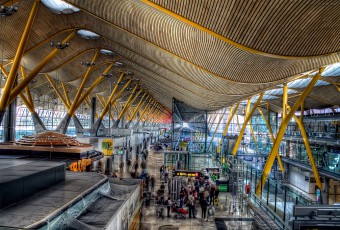
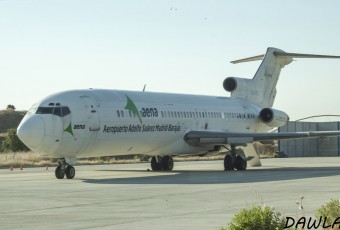
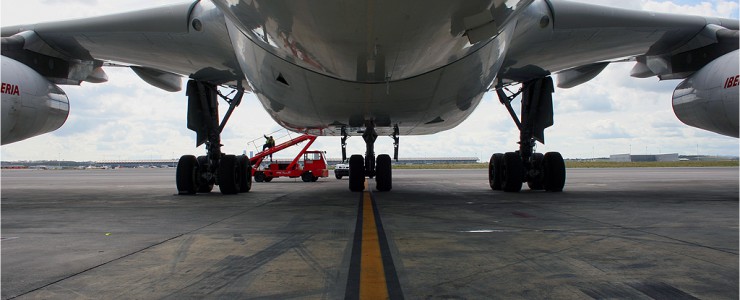
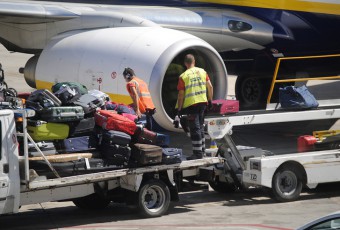


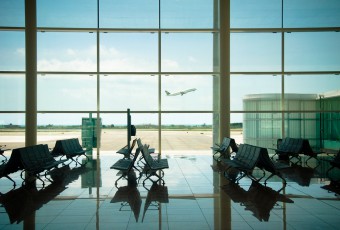
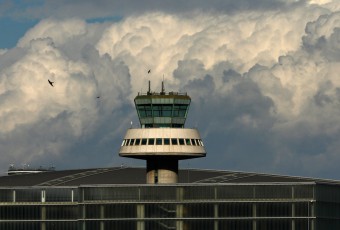
Pingback: Aena 2015 charges - Flight Consulting